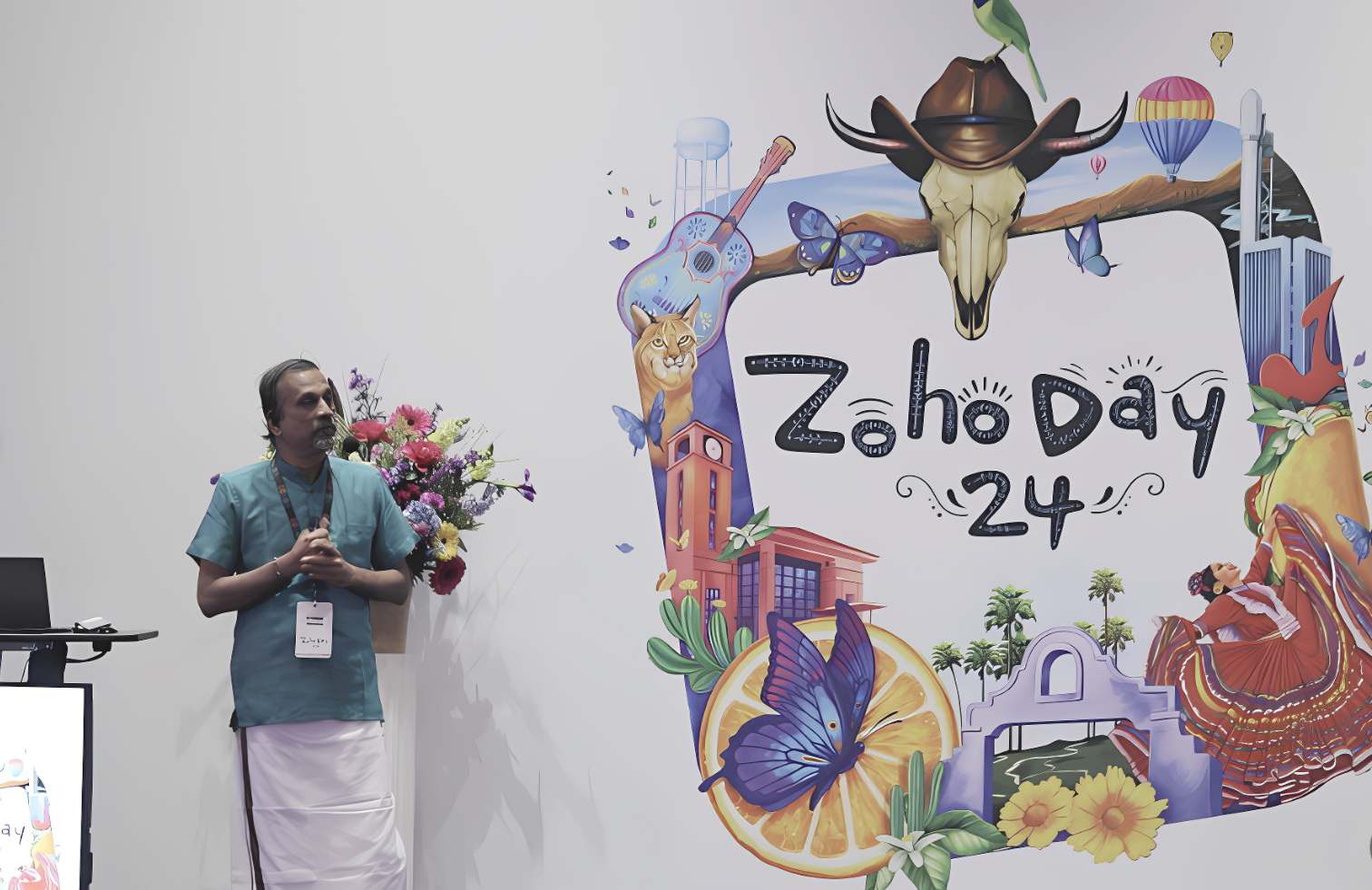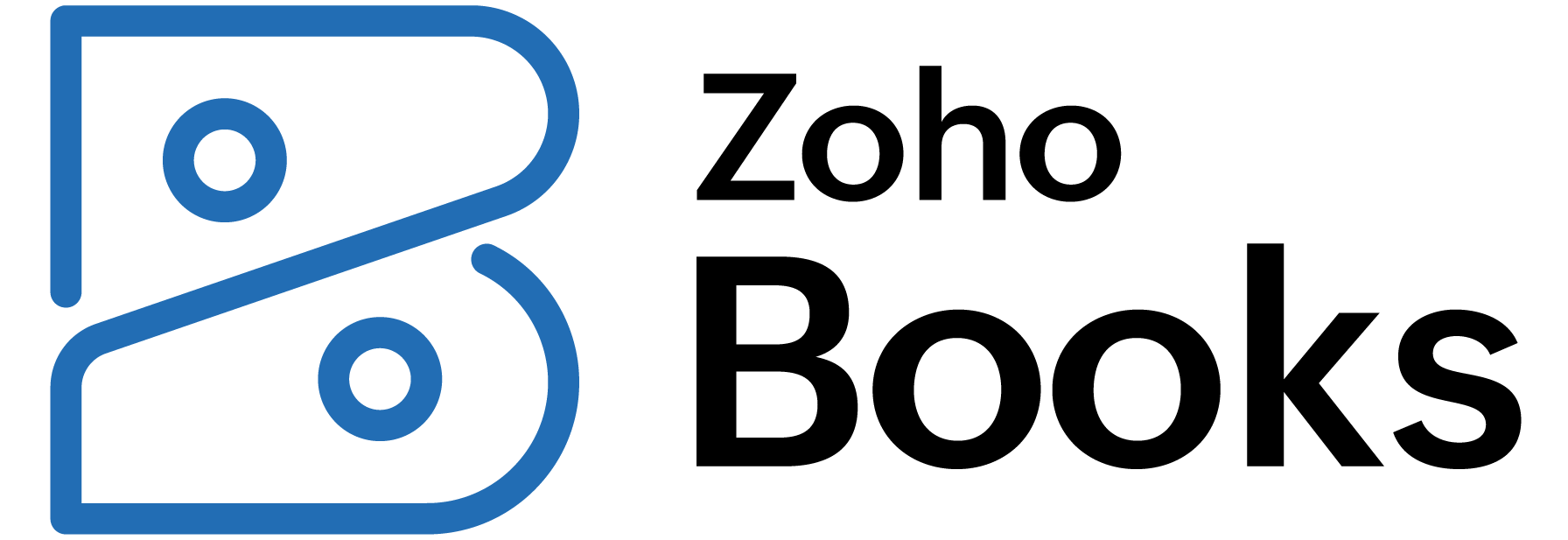In an era of globalization, businesses often pursue economies of scale and standardized solutions. Zoho, a global software behemoth with Indian origins, is carving a distinctive path. It has embraced a unique business strategy known as “transnational localism.” This approach intertwines global connectivity and local grounding, fostering local economies while partaking in the exchange of knowledge and culture. Transnational localism, as defined by Zoho, is a decentralized strategy that harnesses the benefits of a global scale while maintaining deep roots in local communities. It transcends the conventional “think global, act local” mantra, offering a more nuanced and influential method to tackle today’s complexities. This strategy is implemented through a tripartite approach:
- Developing a Global Technology Stack: Zoho creates its software products suite, ensuring total control and adaptability.
- Empowering Local Teams: Zoho sets up regional offices staffed with local talent, enabling them to tailor solutions to specific market requirements.
- Prioritizing Local Communities: Zoho invests in local talent development, infrastructure, and social initiatives, nurturing a sense of collective responsibility and growth.
Transnational localism strikes a balance between global outreach and local engagement. It involves establishing offices in less affluent locations globally, injecting investment, expenditure, and job creation into these areas. The company stays globally connected, not just digitally, but also through a shared ethos and culture, while remaining locally anchored.
Zoho’s CEO, Sridhar Vembu, characterizes transnational localism as a strategy that sources talent from regions often neglected by other companies. These are typically areas experiencing talent emigration, leading to hollow communities. Zoho strives to reintroduce opportunities into these regions, commonly drained into urban centers.

Beyond the Numbers: Real-World Examples
Zoho’s dedication to transnational localism extends beyond mere theory. It has actualized this philosophy by setting up a global network of over 25 offices in rural areas. Many IT suppliers overlook these locations for opportunities compared to their metropolitan counterparts. For instance, Zoho has an office in McAllen, Texas, with nearly 150,000 residents within a metropolitan area housing over a million people.
Another notable instance is Tenkasi in India, where Zoho inaugurated its first rural office. Despite being a city of nearly 100,000 people, Tenkasi is considered rural compared to India’s major metropolitan areas. In Tenkasi, Zoho operates a remote farm and an elementary school, both flagship initiatives in its rural revival strategy.
Zoho demonstrates its commitment to social responsibility in several ways. It has invested in rural India through its "10,000 Schools" program, which bridges the digital divide by providing digital infrastructure and training to schools. Additionally, Zoho empowers local communities by establishing offices in smaller towns across the US and Europe, fostering diversity and creating local job opportunities. Finally, Zoho tailors its product suite to specific market needs, showcasing its commitment to global inclusivity by respecting cultural and regulatory contexts.
The Impact on Zoho's Business: A Multi-Faceted Success Story
Transnational localism has significantly influenced Zoho’s business, propelling its remarkable growth. By the end of 2021, Zoho had amassed 500,000 customers, over 70 million users, and 40,000 customers on Zoho One, a product launched in 2017. One of these customers had 32,000 employees utilizing Zoho One. Fast-forwarding to 2024, Zoho’s customer base has expanded to over 750,000, with over 100 million users across 150+ countries.












